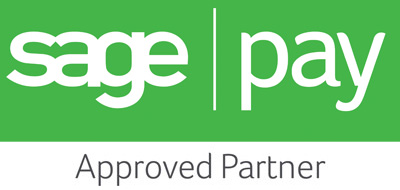What's Your Email Marketing Like?
Email marketing has been around for many years; as one of the longest standing methods of marketing and customer communication it's easy for companies to get complacent about their email strategies, and stick with what they have been doing for years. The old saying goes “if it isn't broken, don't fix it”, but we think there is often scope for improvement, and always scope for reviewing what you're doing even if it's performing brilliantly. We can learn important lessons from both these activities.
Have your email open and response rates gone down over time? This is a common trend, but it's reversible. The reasons people don't engage with your email marketing are myriad, and you can't know the exact circumstances of all your subscribers and why a particular person has stopped engaging. You can spot trends, however, and a declining engagement rate is a clear trend that you can do something about.
Personalisation is key, and has been for many years. Dynamic fields to input names, dates of birth and other data you hold about each contact make each message personal, but this can go a lot further. Companies like Nectar often communicate with their customers without a marketing message being part of it – each year users are sent a breakdown of their Nectar activity, and their purchase trends at Sainsbury's. This information can help make your communications seem very personal, and help maintain a positive relationship with each customer, making them feel understood. Points offers are also tailored on the basis of this data, which encourages customers to keep using Nectar.
Creating dynamic engagement content really helps boost engagement and can be a way of selling and upselling without the customer feeling like they are being sold to. An example is an American online bank, which sent emails to coincide with the start of the year, asking customers what their financial goal for the year was. Customers were then directed to content that would help them achieve these goals, some of which would involve signing up for another service or product with the same bank. Putting the customer in control of their actions makes for much more meaningful engagement and strengthens the relationship you already have with them.
Your email marketing can also be used to help drive on-the-fence purchasers through the sales funnel – shopping cart abandonment is always high online, but carefully timed and thoughtfully worded emails can help influence someone to complete their purchase. Send content related to the item or service they put in their cart to make this feel even more personal to them.
Finally, empathetic emails are performing really well in the current climate.Brands who are responsive to the general climate (social, financial, political, and in 2021 particularly, public health and interpersonal relationships) are well received by their customers. Balancing empathy and positivity helps to make your customers feel understood and uplifted – being able to effect a positive mood shift in your customers by way of a well crafted email deepens the customer relationship and raises your reputation in their minds. It is a good idea to encourage customers to share and forward emails which tick these boxes, ensuring you reach more people and are presented in a positive light from the get-go.
Email marketing is possibly the most cost effective channel there is, with minimal time and investment needed to reach a huge number of people. You can capitalise on this by making your emails personal, relevant, helpful and positive – all traits that will be associated with your company by extension.
